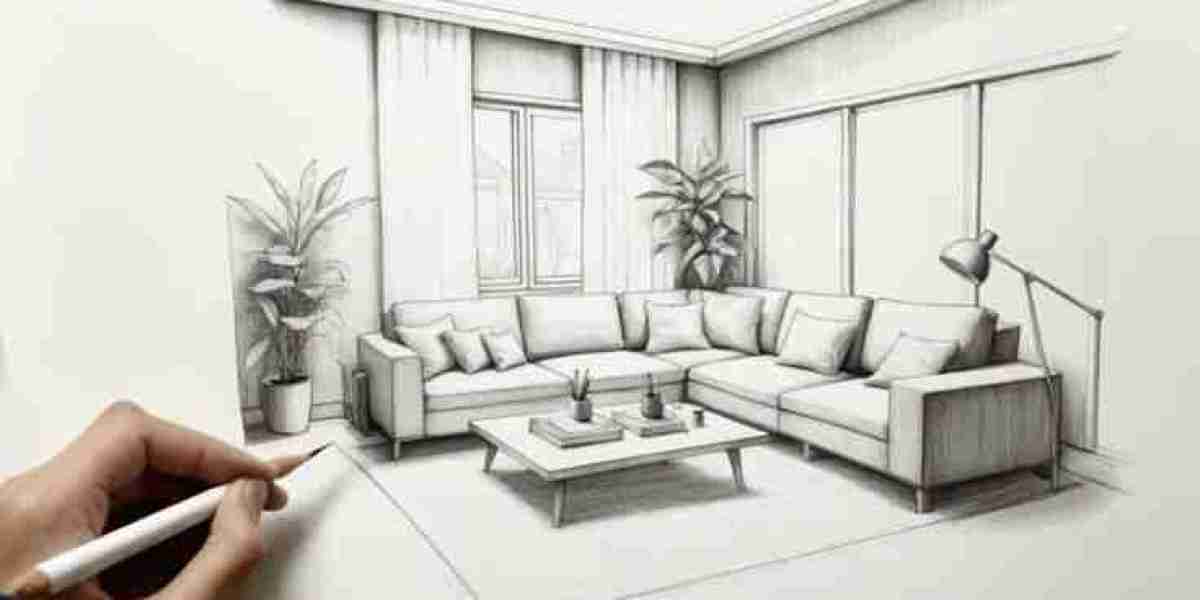Interior design is a dynamic field that continuously evolves with changing lifestyles, technologies, and global influences. As Bangalore emerges as one of India’s most design-forward cities, interior designers must stay up to date with the latest trends to create spaces that are not only functional and beautiful but also current.
This is where enrolling in a leading Interior Design Institute in Bangalore, like PaperLoft Institute, makes all the difference. Along with foundational skills and software training, you’ll also gain in-depth exposure to modern design trends that shape contemporary living and working environments.
Let’s explore the top trends you’ll learn and work with during your course — trends that are shaping the future of interior spaces in India and beyond.
1. Sustainable and Eco-Friendly Design
As environmental awareness grows, sustainability has become more than just a buzzword — it’s a core design philosophy.
At PaperLoft, students are trained in:
Choosing sustainable materials like bamboo, cork, reclaimed wood, and low-VOC paints
Designing energy-efficient layouts that utilize natural light and ventilation
Incorporating recycled decor and furniture into modern settings
This trend teaches students how to balance aesthetics with responsibility — a key demand from both residential and commercial clients.
2. Minimalism and Function-First Design
Gone are the days of cluttered interiors. Today’s design leans toward:
Clean lines
Open floor plans
Multipurpose furniture that saves space
Minimalist design is particularly popular in urban homes and startup offices in Bangalore. At PaperLoft, you’ll study how to apply minimalist principles while maintaining warmth and personality in the space.
3. Biophilic Design
Biophilic design is about bringing nature indoors. It enhances wellness, productivity, and calm — which is why it’s trending in homes, offices, and cafes alike.
You’ll learn how to:
Incorporate indoor plants and green walls
Use natural textures like wood, stone, and rattan
Maximize views, light, and natural airflow
At PaperLoft, this trend is integrated into residential and commercial design modules so you can adapt it across client types.
4. Smart Homes and Tech Integration
Today’s clients expect interiors to be both beautiful and technologically smart.
That’s why PaperLoft introduces you to:
Smart lighting and climate control systems
Voice-activated assistants and automation
Charging ports, sensor lights, and concealed tech setups
As Bangalore grows as a tech hub, understanding smart design integration is a must — and PaperLoft ensures you’re ready.
5. Maximalism and Bold Color Use
While minimalism rules some segments, bold, expressive interiors are also gaining traction — especially among younger homeowners and boutique retail clients.
You’ll explore:
Bold wallpapers and accent walls
Layered patterns and textures
Rich jewel tones like emerald, navy, and ruby
At PaperLoft, you’ll be encouraged to design across both ends of the spectrum — minimalist to maximalist — so your portfolio reflects versatility.
6. Multi-Functional and Compact Living
Urban homes are shrinking, and designers are expected to deliver comfort and luxury in small spaces. This trend focuses on:
Modular furniture that serves dual purposes
Clever storage solutions
Foldable or movable walls and partitions
You’ll work on space optimization modules and micro-living projects, preparing you to handle real-life design constraints in Bangalore’s compact apartments.
7. Cultural Fusion and Regional Design Influence
India’s diversity is showing up in design like never before. From Jaipur-inspired motifs to South Indian brass accents, cultural fusion is a key trend.
PaperLoft’s curriculum includes:
Studying traditional Indian design languages
Mixing contemporary layouts with ethnic elements
Using locally sourced crafts in modern interiors
This is especially important when designing for clients who want a modern Indian identity in their spaces.
8. Wellness-Oriented Interiors
Post-pandemic, there’s a growing emphasis on wellness design. You’ll learn how to design for:
Mental calm and emotional comfort
Home offices with ergonomic setups
Meditation and fitness zones in homes
At PaperLoft, these ideas are tied into larger themes like lighting, air flow, acoustics, and spatial energy — giving you holistic skills for wellness-focused clients.
9. Flexible Work-From-Home Solutions
With hybrid work models becoming the norm, designing multi-purpose home workspaces is a high-demand skill.
You’ll practice:
Zoning techniques for small apartments
Soundproofing and lighting for online meetings
Ergonomic furniture layouts
This trend isn’t going away soon, and institutes like PaperLoft ensure you're ready to cater to remote-working clients across Bangalore and beyond.
Conclusion
The interior design industry is evolving — and staying updated with the latest trends is essential to thrive. A leading institute doesn’t just teach design; it teaches relevant design that meets modern lifestyle needs, cultural expectations, and technological shifts.
At PaperLoft Institute in Bangalore, our curriculum is built to reflect what the market wants today — and what it will demand tomorrow. Through project-based learning, real-world simulations, and expert mentorship, you’ll graduate with more than just skills. You’ll leave with insight, confidence, and trend-awareness that sets you apart.




